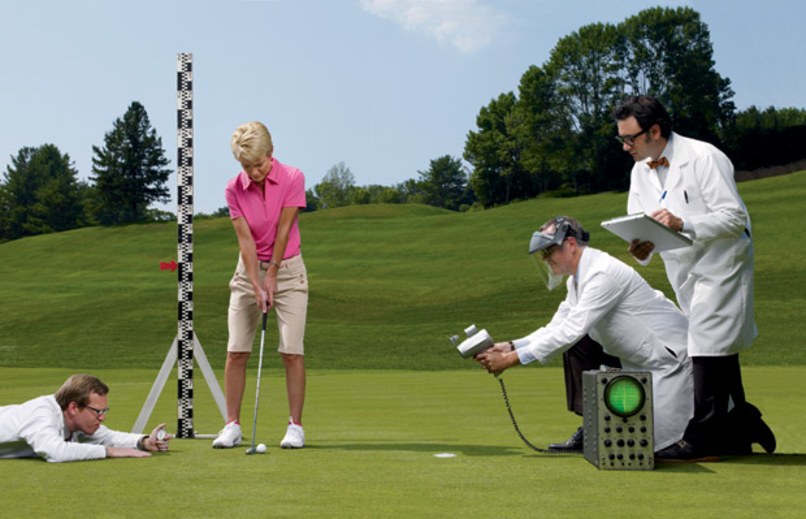When someone on a golf course talks to you about an ‘address’ they might not be asking your street number. And if you hear the word ‘apron’, don’t expect a chef around. Yes, golf has its own ‘mystery’ language, which often adds to the confusion of a newbie. Before you head out to one of the golf courses near Tampa, Fl, you may want to brush up your game-specific communication skill. Here is a starting point:

Address: Imagine a pro suggesting you to ‘check your spine angle at address!’. What do you do? Most beginners end up smiling (as if they are embarrassed), having no clue what‘s expected of them. Here’s what. Address means setting up the ball and the club in their position, before taking a shot. That certainly clears things up, doesn’t it?
Apron: ‘Don’t aim for the apron, try to keep the ball on the greens.’ Another mystery! Or, is it? No not really. Apron is actually the grass that creates a line between the greens and rough or fairway.
Back Nine: Focus on the back nine! That seems like a serious suggestion. But what does it mean? Back nine signifies the last nine holes in an 18-hole course.
Dance Floor: When someone says you to get on the dance floor in golf, they are not necessarily suggesting that you show your dance moves. They are simply asking you to step on the green. The putting green or putting surface is also known as the dance floor.
Bent Grass: ‘You will surely do better on bent grass.’ That sounded a little sarcastic, didn’t it? How could bent surface be better for a good shot? Well, bent grass is actually fine-bladed grass that can add speed and accuracy to your golf shots with the least effort.
Dead Hand Shot: Suggestions from pros and trainers are always for your improvement. Even when they say, ‘take a dead hand shot’. Although, you should trust the big guys and do it, despite how it sounds, you need to know how. Dead hand shots are used when you need a soft shot with little to no spin. The shot is made with very little wrist movement, without moving the arms.
Surely, this doesn’t complete the list, there are other abbreviations relating to golf situations, clubs, shots, and courses that players need to learn these to improve their game.
A golfer also needs to know about the various organizations that control the game of golf. If you don’t know about these yet, here are they:
The United States Golf Association (USGA) plays a pivotal role in designing, updating and often enforcing the golf rules in the U.S. and Mexico. For elsewhere in the world, it is the Royal and Ancient Golf Club (R&A) regulates golf rules. Those who are interested in learning golf at courses in the U.S must have heard about PGA, which stands for Professional Golfers’ Association of America. Not to be confused with PGA Tour, which is focused on organizing professional golf events in the U.S. Another organization the LPGA (Ladies Professional Golf Association) oversees the women professional golfers in the United States.
Keep on adding to your golf vocabulary and you will find the game even more interesting. If you have found this list intriguing, we are sure you will be encouraged to explore more. Soon you can talk to the pros on their ‘terms’ when you meet them in one of the beautiful golf courses near Tampa, Florida. Visiting a course in Australia? Don’t worry. These terms are universal! Learn more, know more and get more confident on the course, beginning today.
